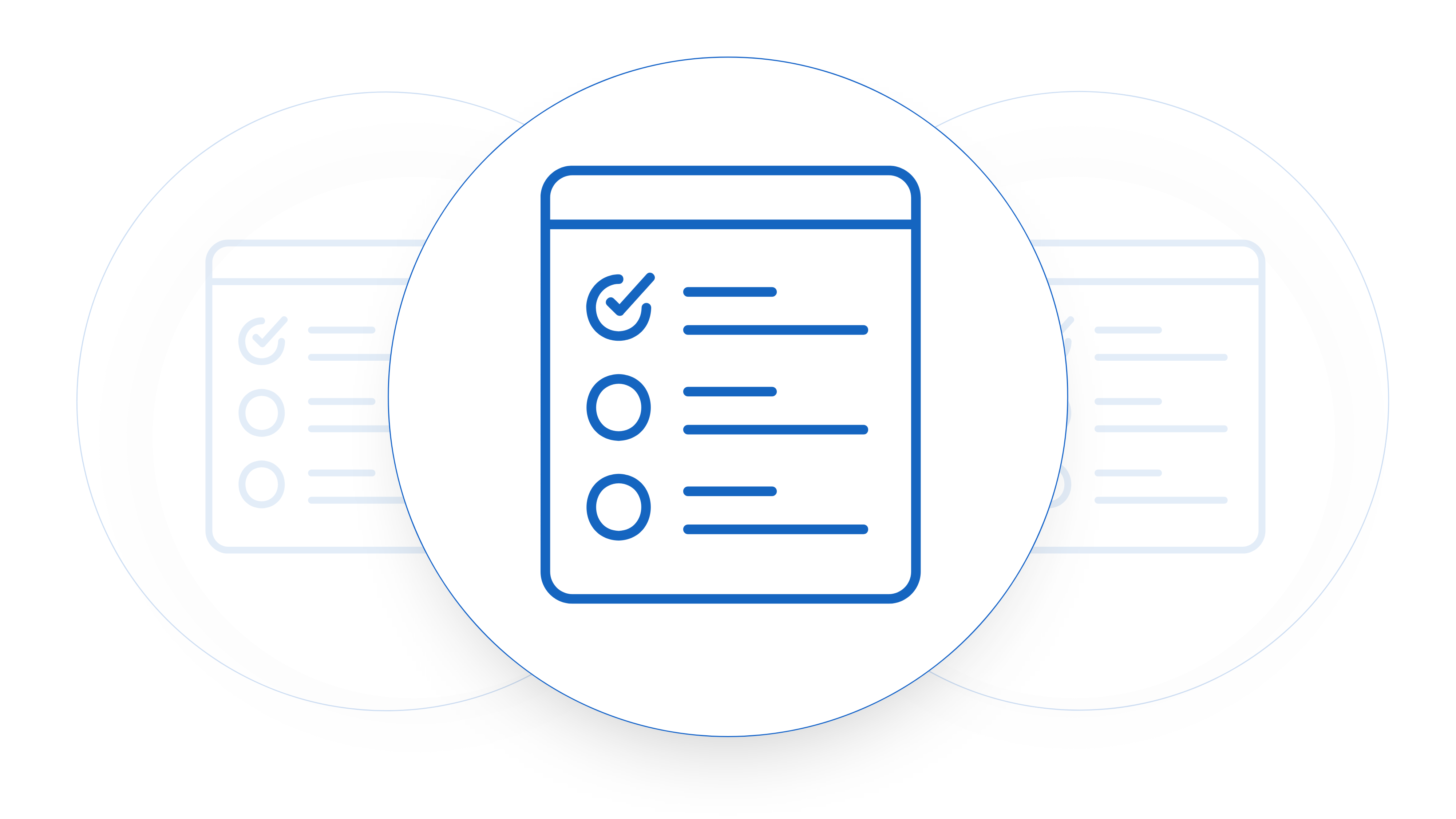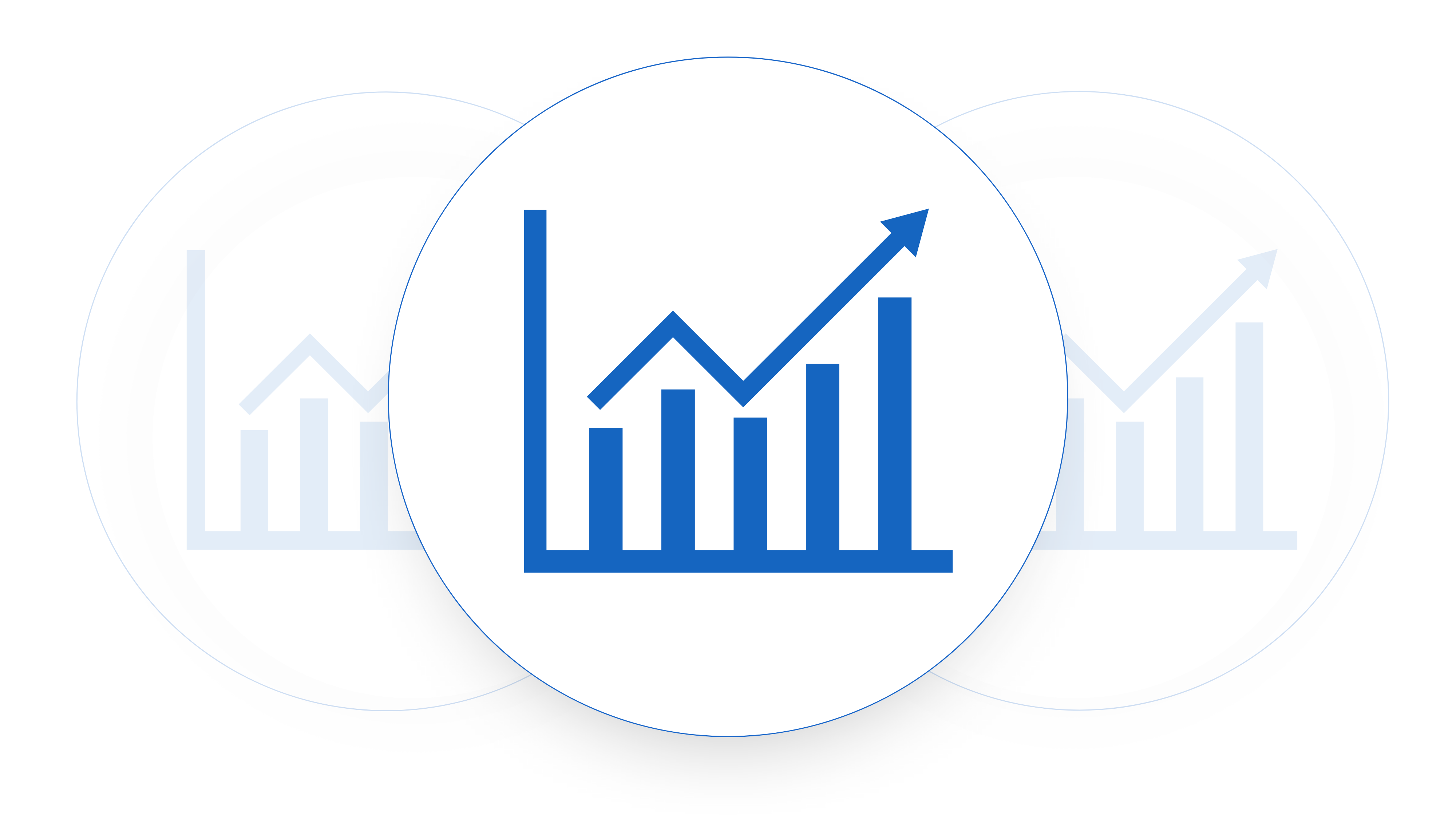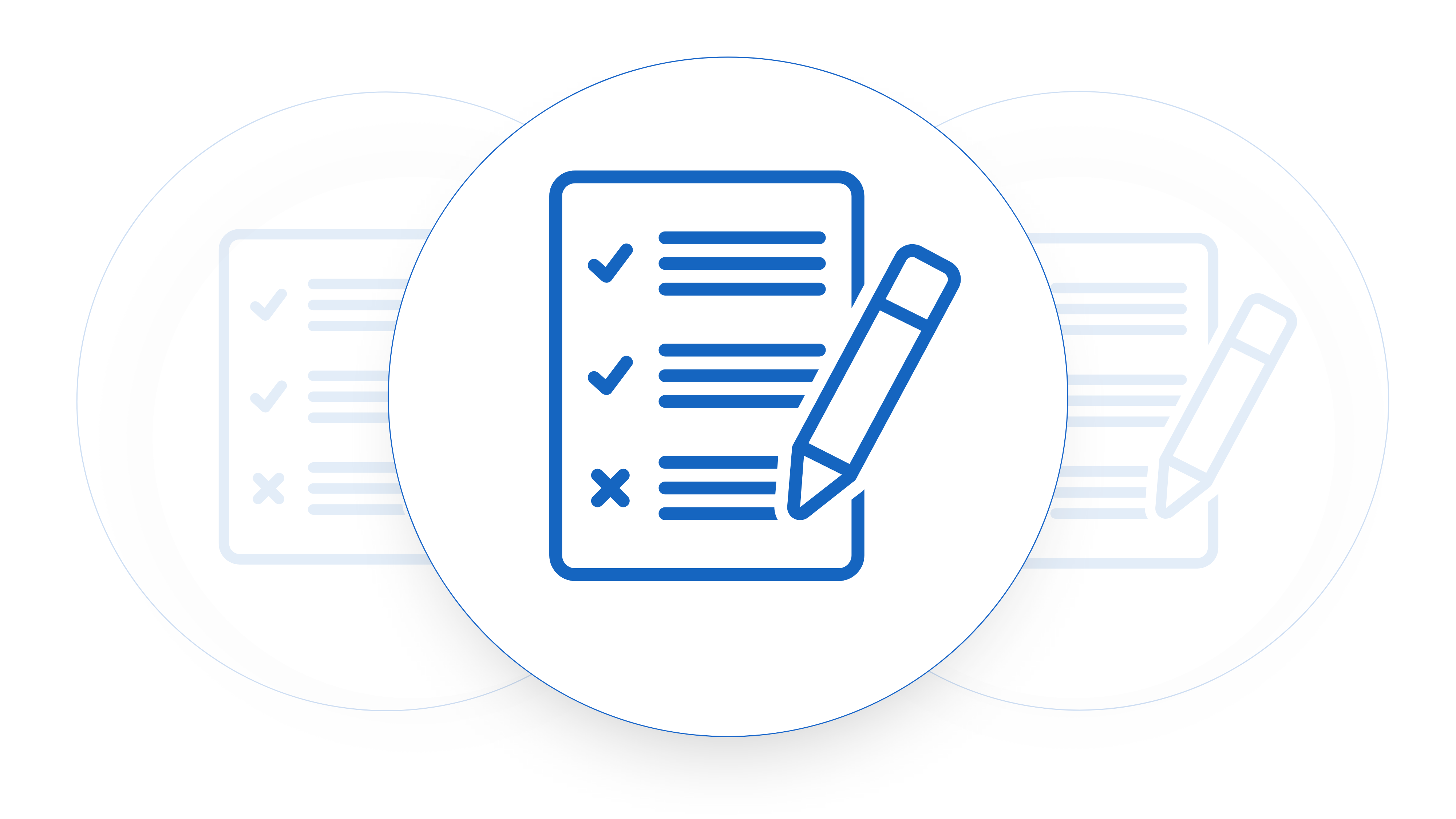Running your first software company can be a daunting task. Getting you know your way around the finances of the company is often one of the most unfamiliar things for first time founders. Knowing how to set up your SaaS P&L statement is one thing that can be extremely difficult and stressful thing as you go through iterations of your company and need to get more and more comfortable with different financial statements, categorizations and treatments of the money coming into and out of your business.
This generally rolls up into the difficulty of fund raising if you manage to get to the point that you start to get traction for the product that you’ve built. Getting to know what these statements mean from the start is an essential way to be prepared for the future.
The profit and loss statement (P&L), also known as the income statement, is a type of financial statement that is created by a company to illustrate the results of its activities for a particular time period. It is one of the most significant financial statements for any company since it is used to calculate the amount of money that a corporation has made or lost during that period. There are a number of other core reports for financials but the SaaS P&L statement is the most useful for understanding the growth of the business over a time period.
In addition, the income and expenses of a software as a service business are summed up in the profit and loss statement, which is an annual financial statement. It demonstrates the amount of revenue that was generated by the company as well as the expenses incurred in order to generate that revenue over an annual period.
What is considered revenue
Any revenue that your company generates from its main operations is referred to as income. The proceeds from the sale of goods or services, interest from investments, and even grants or subsidies received might all be considered. Tracking all sources of income can help you create an accurate profit and loss statement and provide you with a clear picture of your company’s overall financial status. A lot of accounting procedures rely on data from balance sheets, which show what assets the company has and what liabilities it has to third parties. Because they give a thorough explanation of how much money came in and went out during a certain time period, profit-and-loss statements are frequently used in conjunction with balance sheets. They also let you know whether the business turned a profit during that time.
Revenue sits at the top of P&L and is often broken down into different lines depending on where that revenue has come from or whether or not it is recurring or non recurring revenue. This breakdown is important to help you understand the success of different areas of your company. For example, is one brand doing better than another?
If you want a thorough analysis of your company’s financial status, it’s a good rule of thumb to spend time setting up separation of revenue types on your P&L. This can be done in a number of accounting software systems such as Xero but the key thing to keep in mind is that the earlier you do it the easier it will be to split out.
What is considered recurring revenue
There are two types of income that a software as a service company may bring in: recurring and non-recurring. Understanding these is essential for your SaaS P&L statement. Recurring income is revenue that comes in on a regular basis, typically from customers who have signed up for a subscription. Non-recurring income is one-time revenue, such as from the sale of a product or service. A typical way that companies generate non-recurring income is by selling one-off services such as onboarding or SSO integration.
When looking at a SaaS P&L statement, it is important to look at all the different areas. For example, for anyone considering investing in this type of business they will want to know about both recurring and non-recurring income so they know what kind of risk your investment carries. Non recurring revenue is not predictable in the future of the company and requires continued investment in sales and marketing to bring on more customers. If a customer cancels their contract then the income is still generally recognised for the first year of the contract and is often paid annually up front.
One key note is that a lot of software companies offer non recurring services in the early days of their company. This is very common. As a company scales most investors like to see the percentage of income from non recurring sources reducing. It is important to understand how the recurring and non-recurring incomes interact with each other and determine which ones are more desirable depending on your perspective as an investor or customer.
Using a deal desk to separate revenue types
When you’re running a SaaS business that offers both recurring and non-recurring income (for example a software product that you also sell one off onboarding with) it’s important to be separating out these types of revenues in all parts of your reporting. Why? Well you may do your sales commission reporting in your CRM and you only pay commissions on recurring revenue.
In this example it’s important to have a way to separate these in your CRM so that you can organize your contracts. The function that usually does this would be a deal desk function. A deal desk function sits at the end of your sales cycle and is often the conduit between your sales team, contracts team and you finance team who will need to interpret and invoice against the deals that have been closed.
They will also be able to inform when closed won sales revenue should be sitting in the P&L, whether it be recurring or non recurring revenue. The separation of this will be very useful down the track when you start speaking to investors.
What is cost of goods sold in a SaaS P&L statement
Your cost of sales, if you are in the business of selling things or services, is the direct cost of making those items or rendering those services. In other words, it’s the price of anything that directly contributes to your company’s ability to make money. This can apply to things like labor, transportation, and materials. What if you don’t have any things to sell? COGS (cost of goods sold) enters the picture in this situation. The total cost of goods sold (COGS) includes all expenses incurred in bringing anything into existence, including those for product development, marketing, TV advertising, and app development. No matter what sector you work in, COGS exists in some form in all types of organizations. The primary distinction between COGS and COS is that when you have COS, it typically means that the good or service is already being manufactured before being delivered to customers. On the other side, having COGS means that some of your costs have already been met before the buyer makes a purchase. Let’s imagine, for instance, that we had to pay $10K in additional salaries because one of our suppliers’ production was delayed while they rectified their problem. We would add an additional $10K to COGS this month if the same circumstance occurred again. However, there won’t be an additional charge against COGS this month because we weren’t aware of the second issue until after we had already paid our first supplier’s bill.
What are expenses
All businesses have expenses, which are the costs associated with running the business. For a software as a service company, some common expenses include hosting fees, employee salaries, and marketing costs. With these items in mind, let’s take a look at an example of how one might calculate the profitability of this type of business:
Revenue – $200,000
Costs – $100,000
Gross Profit – $100,000
Expenses – $50,000
Net income before taxes (EBIT) – $50,000 (50% profit margin)
This is a super simple way to look at a business. It is also one of the most useful ways without getting into overanalysing things. In the early days of building a business sometimes all you need to know is how much of that money we are making is left after we pay all of the bills.
If you’re running a software as a service company, then you’ll need to understand how to read, interpret and report on a profit and loss statement. This type of statement will be used to track the financial performance of your business over time and is essential to fund raising. By understanding the various components of a profit and loss statement, you can make informed decisions about how to grow your business.












